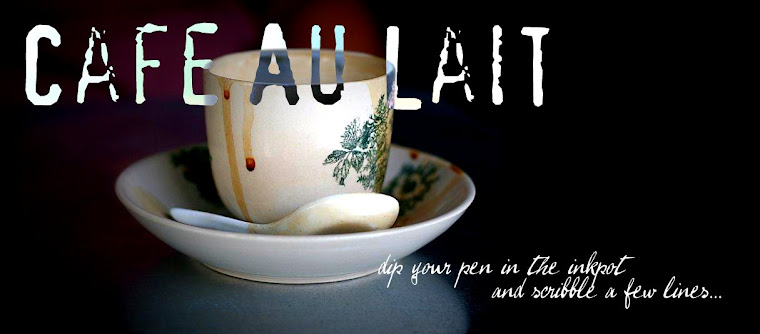Hiroshima, 1945.
The fateful year that sparked the painful, silent genetics war. Their physiques were like reflections on a distorted mirror. These atomised children were left uncared for. No one could blame their mutated parents. They were helpless themselves. Professor Wata Fuka was one of the few who saw a need to save these children. Coming from a broken family, the harelipped, half blind biomedical scientist understood them.
It was the riskiest experiment he had ever conducted. Project Koneku16 was his life. Classified under “unknown”, this project had been scrutinized for its radical approach. In vivo bacterial implantation. A newly developed bacteria, humpufila coitapilus (or affectionately known as yuki-chan) was believed to release an enzyme of multiple benzene rings upon contact with thrombocytes and is able to break the 17th chromosome chain in the mutated complex, helical DNA structure and reverse the effect caused by the atomic radiation.
Think of all the people we’ll save. Not just the children. NOT JUST THE CHILDREN!
Yuki-chan had killed 10 children and left many in permanent physical and psychological torments. Successful recoveries were too few to count.
Hiroshi’s father was one of the lucky ones. He was Wata’s Kinkakuji. His pride and joy. As with any “classified” projects, the rehabilitation/demutation program included memory bypass. The conduct itself was painful enough to be permanently forgotten.
He grew up a normal man and married a beautiful Okinawa girl. Two years after, Hiroshi and his twin brother, Tsukuya were born. Life was as beautiful as the seasons in the sun, under the watchful eyes of Wata.
Evolution.
Yuki-chan?
When his parents passed away, Hiroshi and Tsukuya moved to Kuala Lumpur. They fell in love with the people and food, especially the food, during a students exchange programme and had decided to stay put here.
One day, Yuki-chan got angry.
The fateful year that sparked the painful, silent genetics war. Their physiques were like reflections on a distorted mirror. These atomised children were left uncared for. No one could blame their mutated parents. They were helpless themselves. Professor Wata Fuka was one of the few who saw a need to save these children. Coming from a broken family, the harelipped, half blind biomedical scientist understood them.
It was the riskiest experiment he had ever conducted. Project Koneku16 was his life. Classified under “unknown”, this project had been scrutinized for its radical approach. In vivo bacterial implantation. A newly developed bacteria, humpufila coitapilus (or affectionately known as yuki-chan) was believed to release an enzyme of multiple benzene rings upon contact with thrombocytes and is able to break the 17th chromosome chain in the mutated complex, helical DNA structure and reverse the effect caused by the atomic radiation.
Think of all the people we’ll save. Not just the children. NOT JUST THE CHILDREN!
Yuki-chan had killed 10 children and left many in permanent physical and psychological torments. Successful recoveries were too few to count.
Hiroshi’s father was one of the lucky ones. He was Wata’s Kinkakuji. His pride and joy. As with any “classified” projects, the rehabilitation/demutation program included memory bypass. The conduct itself was painful enough to be permanently forgotten.
He grew up a normal man and married a beautiful Okinawa girl. Two years after, Hiroshi and his twin brother, Tsukuya were born. Life was as beautiful as the seasons in the sun, under the watchful eyes of Wata.
Evolution.
Yuki-chan?
When his parents passed away, Hiroshi and Tsukuya moved to Kuala Lumpur. They fell in love with the people and food, especially the food, during a students exchange programme and had decided to stay put here.
One day, Yuki-chan got angry.

No comments:
Post a Comment